Japan still remembers his heroics
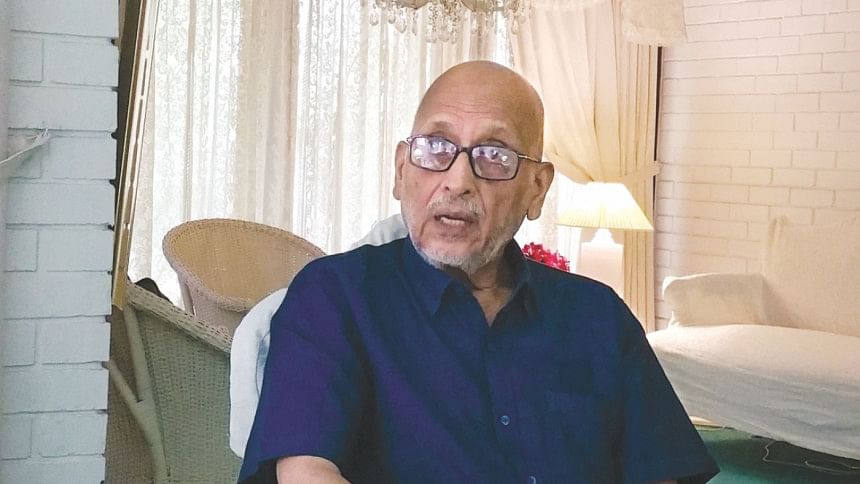
The day started like any other day for AG Mahmud on September 28, 1977. He was in a regular cabinet meeting that day. As the air chief and deputy Chief Marshal Law Administrator who was also holding portfolios of some ministries, this was business as usual.
At around 10:00am, his Aide-De-Camp (ADC), personal assistant to the air chief, handed him a small piece of paper. That small note would take Mahmud through a whirlwind of events for the next five days and change his life.
The note said a hijacked Japan Airlines aircraft with 156 passengers including 14 crew members had been circling over the Tejgaon Airport seeking permission to land.
Mahmud was sitting next to the president and CMLA General Ziaur Rahman. He handed over the note to Zia who instructed him to go to the airport and handle the situation.
Mahmud got in touch with the hijackers from the airport control tower after he reached the airport.
Five armed members of the Japanese Red Army (JRA) led by Osamu Maruoka had hijacked the Paris to Tokyo DC-8 aircraft soon after it took off from Bombay after a short stopover.
He tried to convince the hijackers that they should land somewhere else as the country was new and might not be able to provide the services they might ask for. But the hijackers ignored his suggestion and landed anyway, Air Vice-Marshal (retd) AG Mahmud said in a recent interview with The Daily Star at his Gulshan residence.
“It was just the beginning of a 105-hour-long hostage drama,” the 83-year-old Mahmud said recalling the incident 40 years later.
It was Mahmud's untiring efforts and negotiating skills with both the Japanese government and the hijackers, 130 passengers were released before the hijackers left Tejgaon Airport with 26 passengers on November 1.
They later landed in Algiers, the capital of Algeria. A couple of days later, rest of the passengers were released, AG Mahmud said.
The Japanese government has nominated Mahmud to be awarded their highest civilian award “The Order of the Rising Sun, Gold and Silver Star” for his dedicated efforts. The award would be handed over to him on May 9 in Japan.
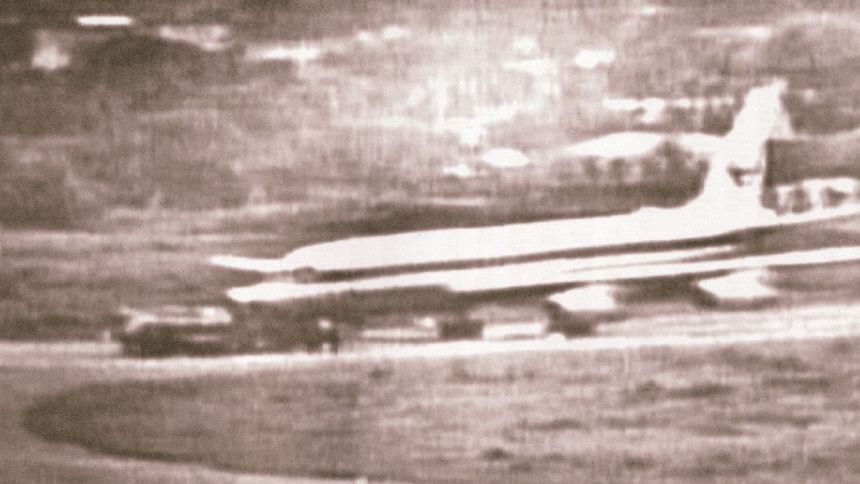
“It is really surprising and hard to believe that Japanese memory would be so enduring, that they would remember a 40-year-old incident and give recognition with the highest civilian award,” Mahmud said with a smile.
“I feel delighted and realise that good work always gets appreciated even if it is done a long time later,” he added.
Talking about the incident, AG Mahmud said around six hours after the plane landed at 11:30am, the hijackers identifying themselves as Danke the Hidaka group of JRA first came on aircraft radio and demanded six million dollars in hundred dollar bills and the release of nine JRA members imprisoned in Japan.
“The hijackers also threatened that they would start executing the passengers starting with one Joe Gabrielle, an American banker, if their demands were not met within 12:00pm of September 29,” he said.
The next morning a plan to dope the hijackers with food failed as they did not eat it. They only used medicine for energy, he added.
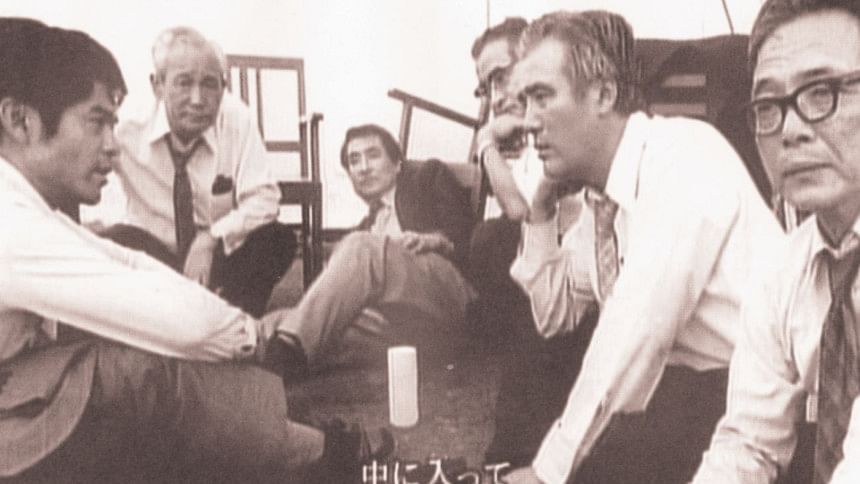
“I then started to prolong the talks as the Japanese government needed time to act,” he said, adding his aim was also to weaken the hijackers who were without food and make them surrender.
Five passengers were released at one stage as they fell sick and four more on the third day, he said.
Finally on October 1, Japanese Prime Minister Takeo Fukuda announced acceptance of the demands saying “human life outweighs the earth.” A relief plane with the six JRA prisoners and $6 million reached Dhaka lead by Japanese vice minister Hajime Ishii, he said.
“I reiterated to Hajime Ishii that our government policy was to find a peaceful solution but he told me that his government wanted all the passengers released before handing over money and the prisoners,” said Mahmud.
He said he tried to convince the hijackers but they did not agree initially but later agreed that for every $1 million 10 passengers were to be released.
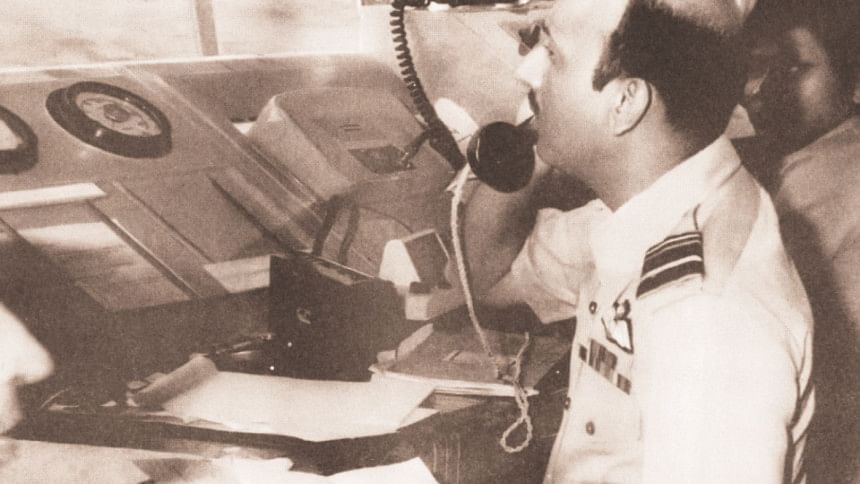
“During the time, Ishii talked with the hijackers on radio and the hijackers appeared agitated and the aircraft started to taxi to the relief plane. I feared that might lead to violence. I immediately instructed the airport vehicles to block the aircraft and was able to calm them down after one and half hour long conversation,” Mahmud said.
They released 60 passengers but the plane still had 86 more.
He said he convinced Okudaira, a prisoner and and the leader of JRA, to convince the hijackers to release others, but they released all but 26 passengers. “I told Okudaira if they didn't release the passengers then no fuel and food would be provided to them and they would be trapped,” he said.
“While the hostage drama was on, another dangerous situation was developing inside our own forces,” he said, adding that there was a mutiny in Bogra Cantonment on September 28 and the mutineers were moving towards Dhaka.
“On the night of October 1, at about the last stage of negotiation, I was in the office of the DG of civil aviation when some mutinous airmen took me to ground floor of the airport along with group captain Ansaar Chowdhury,” he said.
He continued, “One sergeant with an automatic gun opened fire at us and Ansaar dropped dead but he missed me,” The air force officers on duty at the airport were shot and killed just before dawn on October 2 but he was saved by a group of airmen, he added.
“While the mutineers were inside the airport carrying out their atrocities, the hijacked plane took off. I was not present at the airport at the time,” he added.
Born in 1934 in Feni, Mahmud retired as the Air Chief in December 1977. He later served as the food minister in the government of HM Ershad.


 For all latest news, follow The Daily Star's Google News channel.
For all latest news, follow The Daily Star's Google News channel. 


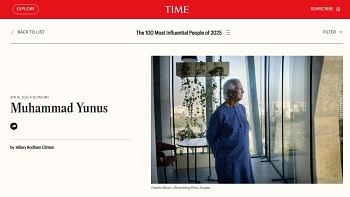
Comments